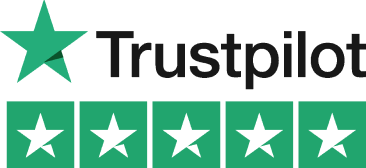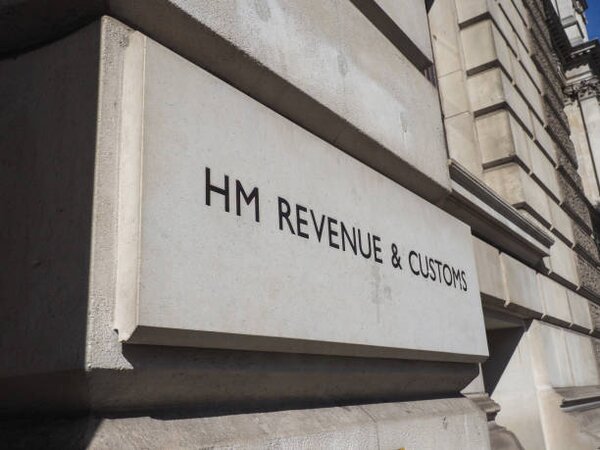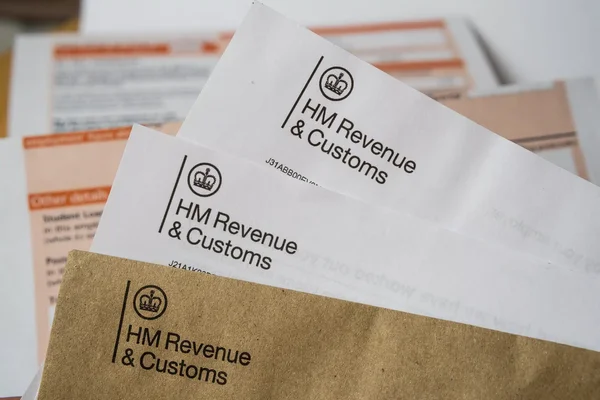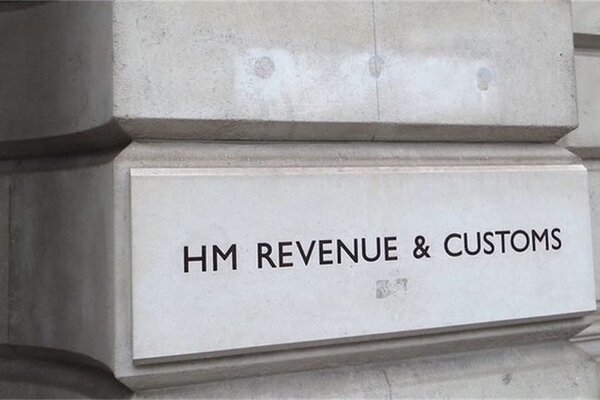Introduction
Navigating the complexities of self-employment taxes can be daunting, but understanding the intricacies of tax deductions like the Mileage Allowance can significantly impact your bottom line. At Pie Tax, we're committed to empowering self-employed professionals with the knowledge and tools they need to optimize their tax savings.
In this comprehensive guide, we'll delve into the nuances of the Mileage Allowance, providing detailed explanations, illustrative examples, and actionable tips to help you make the most of this valuable tax deduction.
What is the Mileage Allowance?
The Mileage Allowance is a tax-free allowance provided by HM Revenue & Customs (HMRC) that allows self-employed individuals to claim expenses for using their own vehicles for business purposes. It serves as a reimbursement for the costs incurred when using your vehicle for work-related travel, including fuel, maintenance, and depreciation.

How Does the Mileage Allowance Work?
The Mileage Allowance is a valuable tax deduction available to self-employed individuals who use their own vehicles for business purposes. Understanding how it operates can help you maximize your tax savings and accurately claim expenses related to your work-related travel.
Operating on a Flat-Rate Basis:
The fundamental principle behind the Mileage Allowance is its flat-rate basis, which means that you're reimbursed at a predetermined rate per mile traveled for business purposes. This rate is set by HM Revenue & Customs (HMRC) and varies depending on several factors, including the type of vehicle used and the distance traveled.
Key Considerations:
While the Mileage Allowance provides a straightforward method for claiming expenses, it's essential to keep several key considerations in mind:
Accurate Record-Keeping: To substantiate your Mileage Allowance claim, it's crucial to maintain accurate records of your business mileage, including dates, purposes of travel, and total miles traveled. This documentation serves as evidence to support your deductions and ensures compliance with HMRC requirements.
Understanding Eligibility: Not all types of travel may qualify for the Mileage Allowance deduction. It's important to distinguish between business-related travel and personal use to ensure that you're claiming expenses appropriately.
Consulting HMRC Guidelines: HMRC provides comprehensive guidelines regarding the Mileage Allowance rates and eligibility criteria. It's advisable to consult these guidelines or seek professional advice to ensure that you're maximizing your tax savings while adhering to regulatory requirements.
Who Can Claim the Mileage Allowance?
The Mileage Allowance is a beneficial tax deduction designed to support self-employed individuals who utilize their personal vehicles for business-related travel. Understanding the eligibility criteria is essential for ensuring that you can take advantage of this deduction to maximize your tax savings.

Eligibility Criteria:
To be eligible to claim the Mileage Allowance, you must meet several key criteria:
Self-Employment Status: The Mileage Allowance is specifically available to individuals who are self-employed, including sole traders, freelancers, contractors, and small business owners. If you operate your own business or work independently, you may qualify for this deduction.
Use of Personal Vehicles: The Mileage Allowance is applicable to individuals who use their own vehicles for business purposes. This includes cars, vans, motorcycles, or any other vehicles owned or leased by the self-employed individual.
Business-Related Travel: To claim the Mileage Allowance, the travel must be directly related to your business activities. This can include traveling to client meetings, site visits, deliveries, or any other work-related journeys.
Let's explore a few scenarios to illustrate who can claim the Mileage Allowance:
Freelance Graphic Designer: Sarah is a freelance graphic designer who works from home. She frequently travels to meet with clients, attend networking events, and deliver completed projects. As Sarah uses her personal car for these business-related trips, she is eligible to claim the Mileage Allowance.
Small Business Owner: John owns a small landscaping business and uses his van to transport equipment, visit client sites, and attend supplier meetings. Since John's van is essential for conducting his business operations, he can claim the Mileage Allowance for the miles traveled for these purposes.
How to Claim the Mileage Allowance: A Step-by-Step Guide
Claiming the Mileage Allowance is a vital aspect of maximizing your tax savings as a self-employed individual. Understanding the process and requirements for claiming this deduction is essential for ensuring accurate reporting and compliance with HM Revenue & Customs (HMRC) regulations.
Let's delve into a comprehensive guide on how to claim the Mileage Allowance effectively.
Step 1: Keep Detailed Records of Business Mileage
Before you can claim the Mileage Allowance, it's crucial to maintain accurate records of your business-related travel. Keep a logbook or digital record of each trip, documenting the date, purpose of travel, starting and ending locations, and total miles traveled. This documentation serves as evidence to support your claim and is essential for compliance with HMRC requirements.
Step 2: Calculate Your Total Business Mileage
At the end of the tax year, calculate the total number of miles traveled for business purposes. This includes all journeys directly related to your self-employment activities, such as client meetings, site visits, deliveries, and any other work-related travel.
Step 3: Determine Your Allowable Deduction
Once you have determined your total business mileage, you can calculate your allowable deduction for the Mileage Allowance. The deduction is calculated based on the flat-rate per mile set by HMRC, which varies depending on the type of vehicle used and the distance traveled.
Step 4: Complete Your Self Assessment Tax Return
When completing your Self Assessment tax return, navigate to the relevant section for claiming business expenses. Input the total number of miles traveled for business purposes and the corresponding deduction calculated in Step 3. Ensure that you accurately report your mileage and expenses to avoid any discrepancies or audit issues.
Step 5: Submit Your Tax Return
After completing the necessary sections of your Self Assessment tax return, review your entries for accuracy and completeness. Once you're satisfied with the information provided, submit your tax return to HMRC either online or by post before the deadline.
Step 6: Retain Documentation for Audit Purposes
After submitting your tax return, retain all documentation related to your Mileage Allowance claim for audit purposes. This includes your mileage logbook, receipts for fuel and maintenance expenses, and any other relevant records. Keeping organized records ensures that you can substantiate your claim in the event of an HMRC audit or inquiry.
Maximizing Tax Savings with the Pie Tax App:
Utilizing the Pie Tax App can streamline the process of claiming the Mileage Allowance and help you maximize your tax savings. With features for mileage tracking, expense management, and tax return preparation, the app simplifies the tax-filing process for self-employed individuals. By leveraging the Pie Tax App, you can ensure accurate reporting, minimize errors, and optimize your financial outcomes.
Claiming the Mileage Allowance is a straightforward yet essential aspect of managing your tax affairs as a self-employed individual. By following the steps outlined in this guide and utilizing tools like the Pie Tax App, you can effectively claim your allowable deduction, reduce your tax liabilities, and ensure compliance with HMRC regulations. Don't miss out on potential tax savings—take control of your finances and maximize your deductions with the Mileage Allowance.










